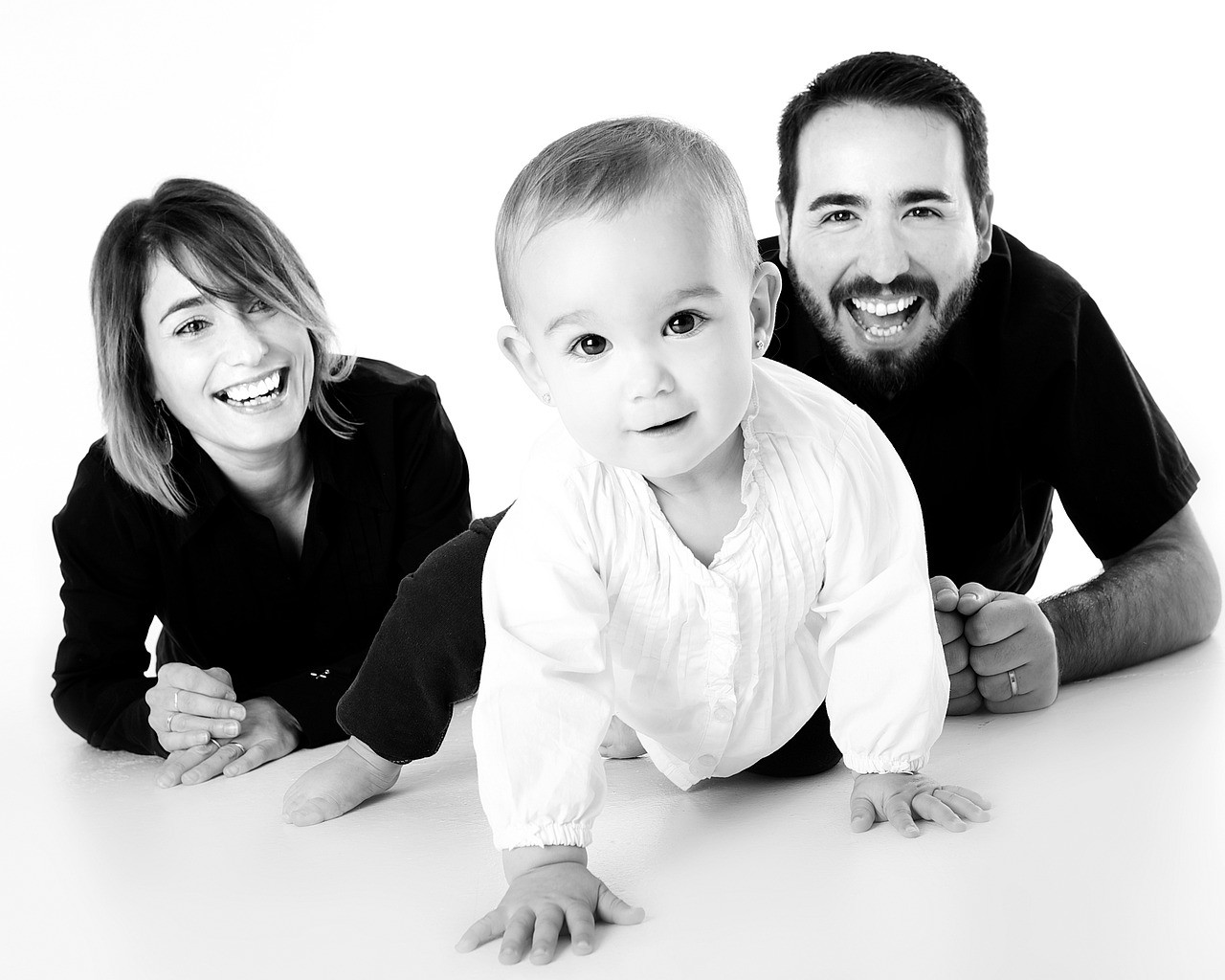Why the disclosure to children adopted at infancy needs to be delayed as late as possible until adulthood: From an Object Relations Perspective
The Pros and Cons of Telling an Adopted Child the Truth: A Deep Dive into Object Relations
The debate over when and how to tell an adopted child the truth about their adoption is a complex one, particularly when viewed through the lens of object relations theory. This perspective offers a nuanced understanding of the implications of disclosure on a child’s development, attachment, and sense of self.
The Myth of Open Communication in Childhood
In the context of object relations theory, the notion of open communication during early childhood is often misunderstood. Much of a child’s understanding and sense of self is formed through nonverbal interactions rather than through explicit verbal communication. The primary caregiver’s attunement to the child’s needs and emotions, conveyed through physical care, eye contact, and emotional responsiveness, is what truly fosters a secure attachment. Introducing complex verbal explanations about adoption too early can complicate the child’s developing sense of self, as they may not have the cognitive or emotional capacity to process such information adequately.
Challenges in Empirical Research with Young Children
Empirical evidence on the effects of early adoption disclosure is inherently difficult to gather, particularly with children under three years old. This is the critical period during which a child’s sense of secure attachment and nascent self-esteem are being established. Conducting controlled experiments or collecting reliable data from this age group presents significant ethical and practical challenges, leading to a scarcity of robust empirical studies that capture the deep psychoanalytic processes involved in early childhood attachment.
Misinterpretations of Psychoanalytic Concepts
Many of the studies advocating for early disclosure may not fully grasp the complex psychoanalytic concepts related to attachment and self-esteem as articulated in object relations theory. Forming a secure attachment is a deeply unconscious process influenced by the caregiver’s ability to consistently meet the child’s emotional needs. Early introduction of adoption-related information, which the child is not developmentally prepared to understand, risks introducing confusion and anxiety into this delicate process.
The Trade-Off Between Early Betrayal and Preserved Innocence
The sense of betrayal that can occur when a child learns about their adoption later in life is often weighed against the potential disruption of their early sense of innocence. Object relations theory suggests that maintaining a child’s innocence during the early formative years—where concepts like the existence of Santa Claus or the care of animals by humans are accepted without question—can support the development of a secure and untroubled sense of self. The decision to delay disclosure until the child is older allows for preserving this innocence, avoiding prematurely introducing complex and potentially distressing realities.
The Resilience of Early Attachment Bonds
A central tenet of object relations theory is that the initial attachment bond formed in early childhood, if secure, is remarkably resilient. This bond, once established, is not easily broken by later life experiences, including the eventual revelation of withheld information such as adoption. If the adoptive parents have consistently demonstrated unconditional love and care, this foundational bond can withstand the later introduction of brutal truths without destabilizing the child’s core sense of security and self-worth.
From an object relations perspective, the timing and manner of disclosing adoption information are critical factors that must be carefully considered. While contemporary standards often recommend early disclosure, this approach may overlook the deep psychoanalytic processes involved in attachment and self-esteem formation. Balancing the need for honesty with the preservation of a child’s early innocence may require a more nuanced approach, one that acknowledges the complexity of early emotional development and the resilience of securely formed attachment bonds.
The Role of Good Internalized Objects in Processing Adoption-Related Information
In object relations theory, one of the most critical concepts is the formation of internal objects or the internalized representations of primary caregivers and significant others. These internal objects, formed during the earliest years of life—particularly within the first three years—serve as the foundation for all future relationships. The quality of these internal objects significantly influences how a child, and later the adult, navigates complex emotional experiences, such as discovering they are adopted.
The Significance of Early Internal Objects
The most significant internal object is typically formed through the child’s attachment to their primary caregiver during the first three years of life. This period is crucial because the child is profoundly reliant on the caregiver for emotional and physical sustenance, and the quality of this caregiving relationship deeply imprints on the child’s psyche. If the caregiver is responsive, consistent, and nurturing, the child internalizes a sense of security, love, and trust. This becomes the prototype for all future relationships.
In the context of adoption, if a child has internalized a positive and secure object during this formative period, this internal object can act as a stabilizing force when the child later learns about their adoption. Even if the child feels momentarily betrayed or confused by the revelation, the foundational sense of security and love remains intact. This secure internal object allows the child to process the new information with resilience, often leading to feelings of gratitude rather than prolonged distress.
Foundation for Future Relationships
The internal object formed in early childhood does not merely influence the child’s relationship with their immediate caregiver but becomes the template for all future relationships. When a child learns about their adoption later in life, the quality of their early internal object will likely determine their emotional response. A child with a strong, secure internal object is more likely to integrate this new information into their existing sense of self in a healthy way. They might initially feel betrayed but will eventually reconcile these feelings with a deeper appreciation for the love and care they received from their adoptive parents.
For example, numerous reports from the animal kingdom provide compelling analogies. Lions and tigers raised by humans from infancy, even after they grow up and realize their true nature, continue to exhibit strong bonds with their human caregivers. These animals, despite becoming aware of their species’ natural behaviors, retain the memory of the good relationships formed early in life. This enduring bond reflects the power of early internalized objects in shaping ongoing relational dynamics.
Memory of Good Relationships
Just as these animals maintain positive connections with their human caregivers, children who have internalized a secure attachment in early childhood are likely to hold onto the emotional security provided by their adoptive parents, even when faced with complex truths about their origins. The early internal object, shaped by consistent care and affection, can provide a protective buffer, enabling the child to navigate the emotional complexities of adoption without a fundamental disruption to their sense of self.
The Impact of Early Disclosure on Parents and Children
It is important to recognize that the push for early disclosure of adoption often benefits the parents, who may feel relieved not to carry the burden of withholding such significant information. This transparency allows them to avoid potential feelings of guilt or anxiety associated with keeping the truth from their child. However, from an object relations perspective, this approach may inadvertently shift the emotional burden onto the child.
When disclosure happens too early, before the child is developmentally ready to comprehend the complexities of their origins, the child might begin to deal with the stress of understanding their life story prematurely. This could challenge their sense of security and self-esteem, especially during a period when their primary task should be forming a stable and innocent view of the world. The stress of grappling with these issues at a young age could potentially disrupt the formation of secure internal objects, which are critical for long-term emotional resilience.
Therefore, the formation of good internalized objects in early childhood plays a crucial role in how a child processes adoption-related information later in life. A secure internal object not only helps the child maintain a sense of trust and security but also fosters resilience, enabling them to appreciate the love and care of their adoptive parents despite the challenges that come with understanding their adoption story. While early disclosure may relieve parents of the burden of withholding the truth, it is essential to consider whether this serves the child’s developmental needs or potentially imposes undue stress at a vulnerable stage of life.
Argument for Delaying Adoption Disclosure Until Adulthood
Introduction: While there is a growing trend among adoption professionals to advocate for early disclosure of adoption status to children, I contend that this approach may overlook the potential psychological risks associated with such early revelations. The stress of learning about one’s adoption during the critical years of identity formation—such as primary and secondary school—can cause significant emotional disturbances. It is, therefore, worth considering the benefits of delaying this disclosure until the child has reached adulthood, allowing for a more mature and resilient response.
Premature Disclosure and Identity Formation: During childhood and adolescence, individuals are particularly vulnerable to identity crises. These are formative years when children develop their sense of self and grapple with complex emotions related to belonging, security, and self-worth. Introducing the fact of adoption during this sensitive period can disrupt this process, leading to confusion, anxiety, and even a sense of betrayal. The recent survey results indicate that those who discovered their adoption status at a young age often experienced psychological distress, including feelings of anger, betrayal, and depression. This suggests that early disclosure can exacerbate the inherent challenges of identity formation during these critical years.
Buffering the Impact Until Adulthood: One of the primary advantages of delaying the disclosure until adulthood is that it allows individuals to process the information with a more developed sense of self and a greater capacity for coping. By this stage, individuals are generally better equipped to handle complex emotions and are more likely to seek out constructive ways of integrating this new information into their life narratives. The survey results support this view, showing that late discovery adoptees, while distressed by the delayed disclosure, often benefit from having had a stable childhood free from the added stress of grappling with their adoption status.
Managing the Risks of Early Disclosure: While some argue that early disclosure fosters openness and honesty within the family, this needs to be balanced against the potential for psychological harm to the child. The distress reported by those who learned of their adoption early in life underscores the need to consider the timing of such disclosures carefully. By waiting until adulthood, adoptive parents can avoid introducing unnecessary stress during childhood and adolescence, thereby protecting the child’s mental and emotional well-being during these vulnerable years.
In conclusion, while the trend toward early disclosure of adoption information is well-intentioned, it may not fully account for the psychological risks associated with premature identity challenges. Delaying disclosure until the child reaches adulthood provides a buffer against these risks, allowing the individual to approach the revelation with greater emotional maturity and resilience. This approach offers a more balanced solution that prioritizes the long-term well-being of the adoptee.








